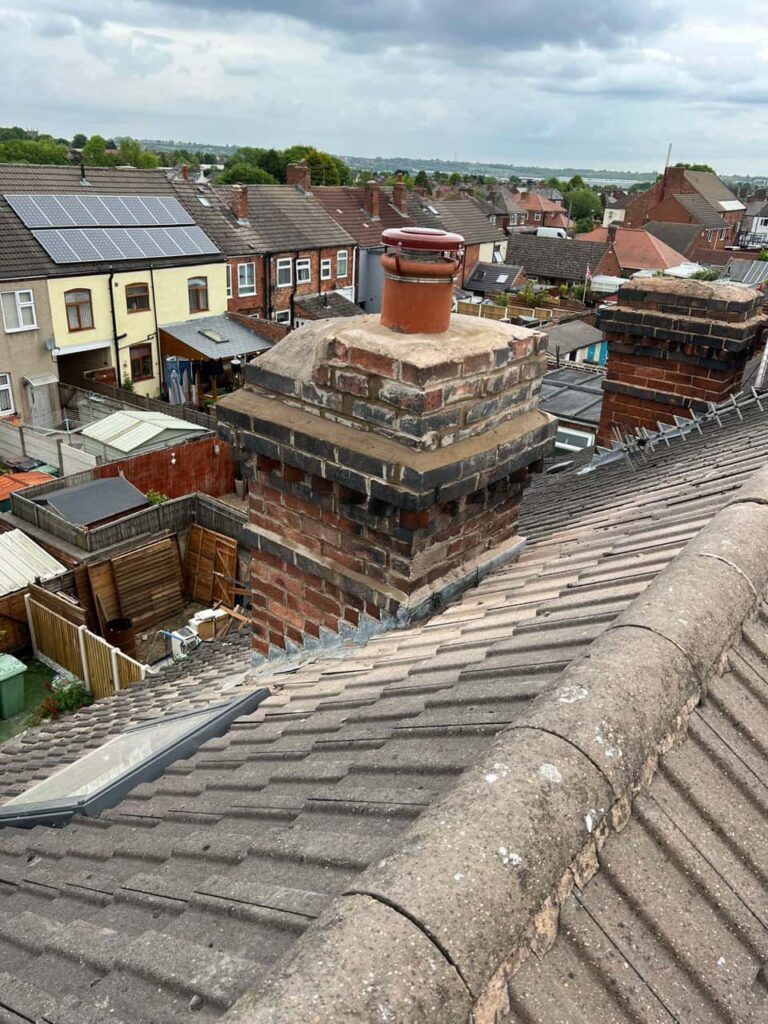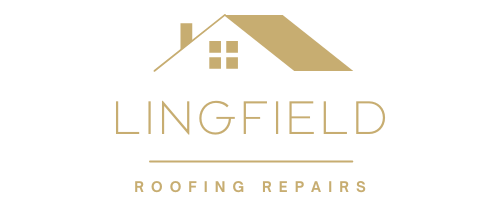Introduction
A slow roof leak is one of the most deceptive and damaging issues a homeowner can face. Unlike a sudden, noticeable leak, slow leaks can go unnoticed for months or even years, quietly causing structural deterioration and health risks within your home. What may start as a small patch of moisture can evolve into extensive damage that affects multiple parts of the property.
At Lingfield Roofing Repairs in Lingfield, Surrey, we’ve seen first-hand how subtle leaks can lead to serious and costly problems. Understanding the signs, causes, and consequences of slow roof leaks can help you take action before it’s too late.
Why Slow Roof Leaks Often Go Unnoticed
Slow leaks typically begin when small gaps form in the roof’s protective layers — often around flashing, tiles, or underlayment. Because the water doesn’t pour through immediately, the damage occurs gradually.
Here’s why these leaks often stay hidden:
- The insulation absorbs moisture, concealing it from view.
- Leaks often occur in less visible areas, such as the loft or behind walls.
- Dampness builds slowly, and early signs can be mistaken for condensation or humidity.
Without regular inspections, small leaks can continue unnoticed, allowing water to spread through roof timbers, insulation, and ceilings.
The Silent Impact of a Slow Roof Leak
1. Structural Timber Damage
The most concerning effect of a slow leak is timber decay. Roof structures rely on strong, dry wooden beams for support. When moisture is allowed to linger, it weakens these components through rot and warping.
Over time, this can compromise the roof’s stability and create uneven surfaces, sagging, or even partial collapse if ignored. Lingfield Roofing Repairs often finds that by the time visible damage appears indoors, the wooden framework has already been significantly affected.
2. Insulation Saturation
Roof insulation is designed to keep heat inside your home — but once it becomes damp, it loses much of its effectiveness. Wet insulation not only increases heating costs but also traps moisture, making it harder for the roof to dry out.
In prolonged cases, this can lead to mould growth within the roof cavity and even spread to internal ceilings.
3. Ceiling and Wall Staining
As the leak continues, the water will eventually make its way down to ceilings and walls. You may notice yellow or brown patches, blistering paint, or flaking plaster. These marks indicate that water is pooling in certain areas and beginning to break down building materials.
Left untreated, this can lead to plasterboard deterioration and internal damp — both of which can be costly to repair.
4. Electrical Hazards
One of the most overlooked dangers of a roof leak is the risk of water reaching electrical systems. If moisture enters light fittings, wiring, or junction boxes, it can lead to short circuits or failures. Even if the water doesn’t cause immediate issues, the combination of dampness and electricity poses a serious safety concern that should be dealt with quickly by professionals.
5. Mould and Air Quality Problems
Damp environments are perfect breeding grounds for mould and mildew. Once established, spores can spread through the air, affecting your home’s air quality. Occupants may notice musty odours or develop allergic reactions over time.
At Lingfield Roofing Repairs, we often see cases where minor leaks have led to extensive black mould growth in loft spaces — something that could have been prevented with earlier detection and proper roof maintenance.
6. Roof Tile and Underlayment Degradation
Even if the source of the leak appears small, water seeping beneath roof tiles can deteriorate the underlayment and fixings. Over time, this makes the roof more vulnerable to further leaks during heavy rainfall.
Small areas of water penetration often signal that protective membranes are beginning to fail. Regular inspections by professionals ensure these issues are caught before the damage becomes widespread.
Common Causes of Slow Roof Leaks
Slow leaks can be triggered by various factors, including:
- Cracked or slipped roof tiles that allow moisture ingress.
- Worn or poorly installed flashing, especially around chimneys or valleys.
- Blocked gutters and downpipes, which force rainwater back under roof edges.
- Ageing roofing materials that have lost their waterproofing qualities.
- Nail holes or degraded sealants from previous repair work.
Each of these issues requires careful inspection and tailored repair to restore the roof’s watertight seal.
How to Detect a Slow Leak Early
Because these leaks are often hidden, prevention relies heavily on vigilance and professional checks. Here are a few early warning signs to look out for:
- Damp or musty smell in the loft.
- Discoloured or peeling paint on ceilings.
- Localised areas of condensation that don’t dry easily.
- Warping or swelling of roof timbers.
- Mould growth near windows or top corners of rooms.
If you notice any of these indicators, it’s advisable to call a professional roofer to assess the situation before the damage worsens.
Why Regular Inspections Are Essential
The best way to prevent slow roof leaks is through routine inspections by an experienced local roofer. These checks allow professionals to identify small defects such as cracked tiles or loose flashing before water infiltration begins.
Lingfield Roofing Repairs provides detailed inspections across Lingfield and surrounding Surrey areas, ensuring that every part of your roof — from the tiles to the underlayment — is assessed for potential vulnerabilities.
Conclusion
A slow roof leak may seem minor at first, but the hidden damage it can cause to your home’s structure, insulation, and air quality can be severe. The key to preventing these costly issues lies in early detection and professional maintenance.
For homeowners in Lingfield and throughout Surrey, Lingfield Roofing Repairs offers expert inspections and long-lasting solutions that keep your roof strong, watertight, and ready to withstand the British weather. Don’t wait for visible damage — a small leak today can become a much bigger problem tomorrow.
Call us on: 01342 649 596
Click here to find out more about Lingfield Roofing Repairs
Click here to complete our contact form and see how we can help with your roofing needs.

